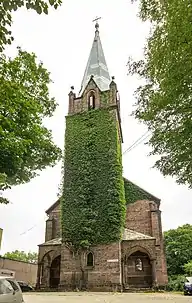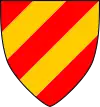Nowa Ruda
Nowa Ruda [ˈnɔva ˈruda] (Czech: Nová Ruda, German: Neurode) is a town in south-western Poland near the Czech border, lying on the Włodzica river in the central Sudetes mountain range. As of 2019 it had 22,067 inhabitants. The town is located in Kłodzko County, Lower Silesian Voivodeship (in 1975–1998 it was in the former Wałbrzych Voivodeship). It is the seat of the rural district of Gmina Nowa Ruda, but is not part of its territory (the town is a separate urban gmina in its own right).
Nowa Ruda | |
|---|---|
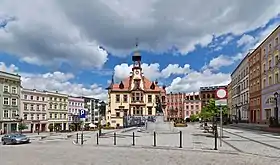 Market Square and Town Hall in Nowa Ruda | |
 Flag  Coat of arms | |
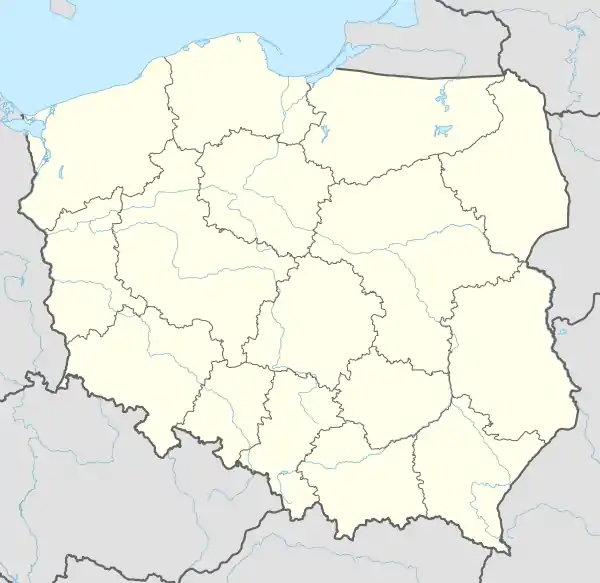 Nowa Ruda 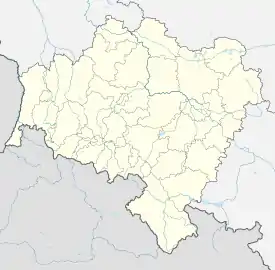 Nowa Ruda | |
| Coordinates: 50°35′N 16°30′E | |
| Country | |
| Voivodeship | |
| County | Kłodzko |
| Gmina | Nowa Ruda (urban gmina) |
| First mentioned | 1337 |
| Government | |
| • Mayor | Tomasz Jacek Kiliński |
| Area | |
| • Total | 37.04 km2 (14.30 sq mi) |
| Elevation | 2,016 m (6,614 ft) |
| Population (2019-06-30[1]) | |
| • Total | 22,067 |
| • Density | 600/km2 (1,500/sq mi) |
| Time zone | UTC+1 (CET) |
| • Summer (DST) | UTC+2 (CEST) |
| Postal code | 57-400 |
| Car plates | DKL |
| Website | http://www.um.nowaruda.pl |
History
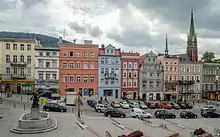
Under Polish and Bohemian rule
A medieval village situated in the rich Kłodzko Valley, Nowa Ruda developed in the mid-13th century as part of the Kingdom of Bohemia.[2] German immigrants settled there as part of the Ostsiedlung. The oldest known mention of the settlement comes from 1337 from a document issued in nearby Kłodzko,[2] when it was under Polish rule as part of the Duchy of Ziębice, before passing to Bohemia in the next decades. Officially, the settlement was granted a city charter in 1363 and received the name of Newenrode. In the Late Middle Ages, weaving, clothmaking and shoemaking developed in the town.[2][3] In the years 1427-1429 the town was invaded by the Hussites.[2] The city was rechartered under a local variant of the Magdeburg Law in 1434 and then again in 1596. From 1459 it was part of the Bohemian-ruled County of Kladsko. The city was invaded and devastated again during the Thirty Years' War in 1622.
Under Prussia and Germany
In 1742 it passed to Prussia, and from 1871 to 1945 part of Germany.[2] In the second half of the 19th century the town developed due to coal mining and the textile industry.[2][3] In 1884 it suffered a great fire.[2] After World War I, it suffered an economic crisis.[2] The town was no longer a district seat after 1932, when it was reincorporated into the Landkreis Glatz (Kłodzko district).[2] During World War II, the Germans established three labour units for French, Belgian and Soviet prisoners of war, as well as two forced labour camps.[3] Also during the war, the largest mining disaster in the town's history took place; 187 miners were killed.[2]
After World War II
Following the defeat of Nazi Germany in World War II the region became part of Poland, and the town took on its present name, with the German population being expelled in accordance to the Potsdam Agreement. It was repopulated by Poles, expellees from former eastern Poland annexed by the Soviet Union, settlers from central Poland and miners returning from France.[2] In 1973 the settlement of Słupiec was included within the town limits as a new district.[3] In 1976 and 1979 mining disasters occurred, in which 17 and 7 miners respectively died.[2] After the adoption of Ostpolitik by the German Chancellor Willy Brandt, the former German inhabitants were allowed to travel to their hometowns and tried to establish relations with the current population and the Holy See redrew the boundaries of the ecclesiastical provinces along the post-war borders. On 28 June 1972 the Catholic parishes of Nowa Ruda were transferred from the traditional Hradec Králové diocese (est. 1664; Ecclesiastical Province of Bohemia) to the Archdiocese of Wrocław.[4]
The area was notable in the Middle Ages as a source of rich iron ore deposits. Until 2000 there was also a coal mine and a gabbro mine in Nowa Ruda's borough of Słupiec.
Sport
Piast Nowa Ruda is the local multi-sports club.
Literary Heights Festival
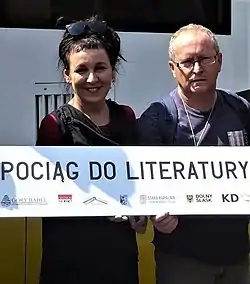
The Literary Heights Festival, a Polish literary festival founded in 2015 which takes place in the vicinity of Gmina Nowa Ruda at the foot of the Owl Mountains in the Kłodzko Valley.
The event's organizers include the Mount Babel Cultural Association, the city and commune of Nowa Ruda, while the hosts are Karol Maliszewski and Olga Tokarczuk. The festival's program includes educational sessions, debates, concerts, panels, shows, meetings, poetry, literary workshops, film screenings, culinary workshops and various exhibitions.
Notable people
- Franz Eckert (1852–1916), composer
- Joachim von Pfeil (1857–1924), German explorer
- Friedrich Kayßler (1874–1945), actor and writer
- Joseph Wittig (1879–1949), German theologian and writer
- Hans Albrecht Freiherr von Rechenberg (1892–1953), politician
- Friedrich-Wilhelm Otte (1898–1944), Wehrmacht general
- Werner Steinberg (1913–1992), writer
- Gero Trauth (born 1942), painter, graphic artist, porcelain illustrator and designer
- Edyta Geppert (born 1953), singer
- Krzysztof Tyniec (born 1956), actor
- Karol Maliszewski (born 1960), poet
- Olga Tokarczuk (born 1962), writer, Nobel laureate
- Robert Więckiewicz (born 1967), actor
Twin towns – sister cities
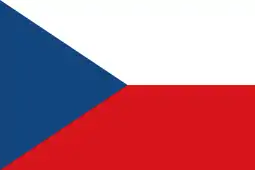 Broumov, Czech Republic
Broumov, Czech Republic Castrop-Rauxel, Germany
Castrop-Rauxel, Germany Wallers, France
Wallers, France
References
- "Population. Size and structure and vital statistics in Poland by territorial divison in 2019. As of 30th June". stat.gov.pl. Statistics Poland. 2019-10-15. Retrieved 2020-02-14.
- "Historia miasta". Gmina Miejska Nowa Ruda (in Polish). Retrieved 9 February 2020.
- "Nowa Ruda". Encyklopedia PWN (in Polish). Retrieved 9 February 2020.
- Paulus VI, Constitutio Apostolica father/paul vi/apost constitutions/documents/hf p-vi apc 19720628 vratislaviensis lt.html "Vratislaviensis - Berolinensis et aliarum", in: Acta Apostolicae Sedis, 64 (1972), n. 10, pp. 657seq.
- "Miasta partnerskie". um.nowaruda.pl (in Polish). Nowa Ruda. Retrieved 2019-09-25.
External links
| Wikimedia Commons has media related to Nowa Ruda. |
- (In Polish) Online radio and hottest news website
- (In Polish) Private Internet Wortal of Nowa Ruda
- (In Polish) Nowa Ruda online – citizens' site

